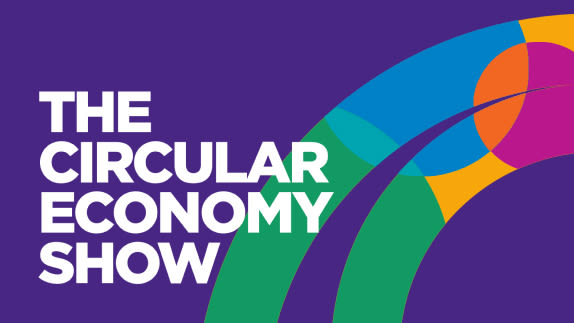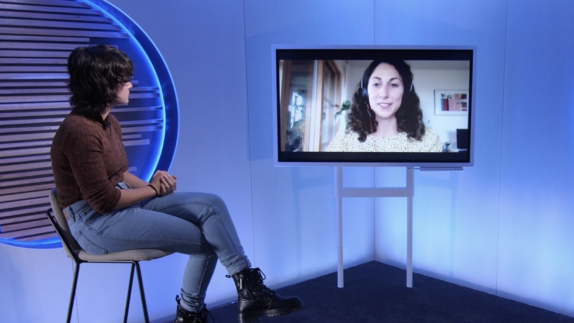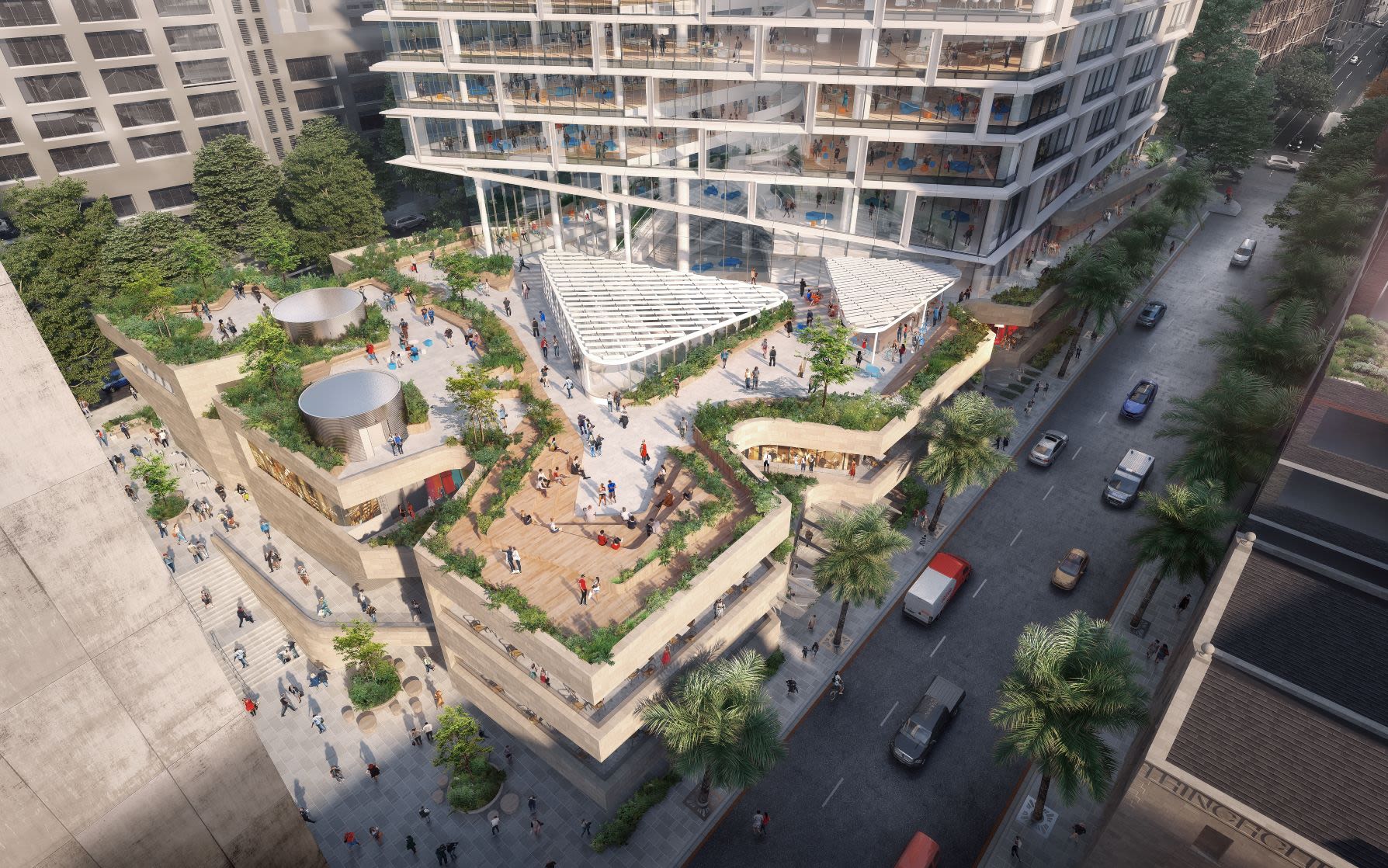To conclude this bite-sized series on regenerative design, in this week’s episode, Neil Harwood, Associate Director at Arup, elaborates on his company’s efforts to deliver nature-positive projects in different parts of the world. We’ll have an insight into their results with A30 in Cornwall and the Sea Wall project in Shenzhen, South China.
Arup is a global collective of designers, engineering and sustainability consultants, advisors and experts dedicated to sustainable development and to using imagination, technology and rigour to shape a better world.
Listen on Spotify, Apple Podcasts, or wherever you get your podcast.
Useful links:
Transcript
Finley Phillips 0:03
Hello, I'm Fin, and welcome back to the Circular Economy Show podcast. Over the last four episodes, we've heard from some of the brightest thinkers on the topic of regenerative design, including Kate Raworth, Michael Pawlyn, Janine Benyus and Nicole Miller. In the final episode of this bite-sized series, we returned to find out how regenerative design has been scaled in the built environment. We'll hear a couple of examples from Neil Harwood from Arup on how they're aiming to incorporate nature-positive outcomes into as many of their projects as possible right from the outset.
Neil Harwood 0:41
And I'm very briefly going to touch on a couple of examples of projects and clients that we've worked with in recent years that are starting to move us towards that nature-positive space. So this one, A30 in Cornwall. Highways Agency and Arup successfully pitched for a project here under the Environmental Designated Funds programme. So we had to go to the Highways Agency and say, Hey, we think it'd be a really good idea to, not only upgrade your infrastructure, which is the object of the project, but actually deliver some real environmental and social benefits as part of that project. And so, here you can see, hugely severed landscape road right through the middle. Yes, it's going to be drilled, which is probably going to be worse. But can we use that as an opportunity to start to restore at a very great scale, some of these landscape connections that have been lost? So it's things like green bridges, underpasses, the tunnels, there was a whole bit of a project around restoring Cornish hedgerows, which we found that is a very, very specific geographic kind of technique and response, and getting those back into the landscape so that resources, nature can start to filter its way back in. And, you know, huge amount of work with landowners to try and really engage them and push that along. I've got some numbers if I can remember them. 32 new areas of habitat created across nine different farmland holdings. 250% biodiversity net gain, predicted using the metrics, the standard metrics that are being used at the moment, and the ability to sequester something like 10 tonnes of carbon dioxide per annum. So, you know, definitely moving in the right direction, interesting project to work on. And the last one, a bit of an international one. Working with the Shenzhen government in South China, Sea Wall project. It was a bit bigger than that. It was actually a coastal resilience strategy. You can see the damage that was done to the coastline in the top image from storm surges. Hard engineering, clearly not working, as we know, is often the case. And so we were brought on board to look at developing some nature-based solutions around, you know, what can we put back that can do the job of that hard engineering, do it much better, and start to produce some of those multiple benefits we were talking about? So, importantly, crucially, we partnered with Exeter to University, who are far more knowledgeable than we are in the marine space particularly. And we worked together to develop a whole suite of restoration of habitats. So we're talking mangroves, coral, oyster beds, seagrass, alongside some sort of soft seawall options, and really produced a vision that you can start seeing the bottom image there of what we can actually achieve out of these types of projects. And again, you know, not only the environmental values that come out of that but also the social and the economic. So good examples were going in the right direction, I think what these projects had in common, and the types of the ones we want to work much more of, and within the future... is placing nature very much at the centre of the intent of the project in terms of delivering a nature positive outcome.
Finley Phillips 4:33
Thank you for listening to this episode. And thank you for joining me on this series. Hopefully, you've enjoyed it and feel inspired by the possibility of an economy that is regenerative by design, but also learn what it might mean in practice. Please subscribe to the Circular Economy show podcasts on Apple, Spotify, or wherever you listen to. This series was brought to you by the Ellen MacArthur Foundation and was produced by Skinny Mouth Media. We'll be back with more stories from the circular economy very soon. See you then.






